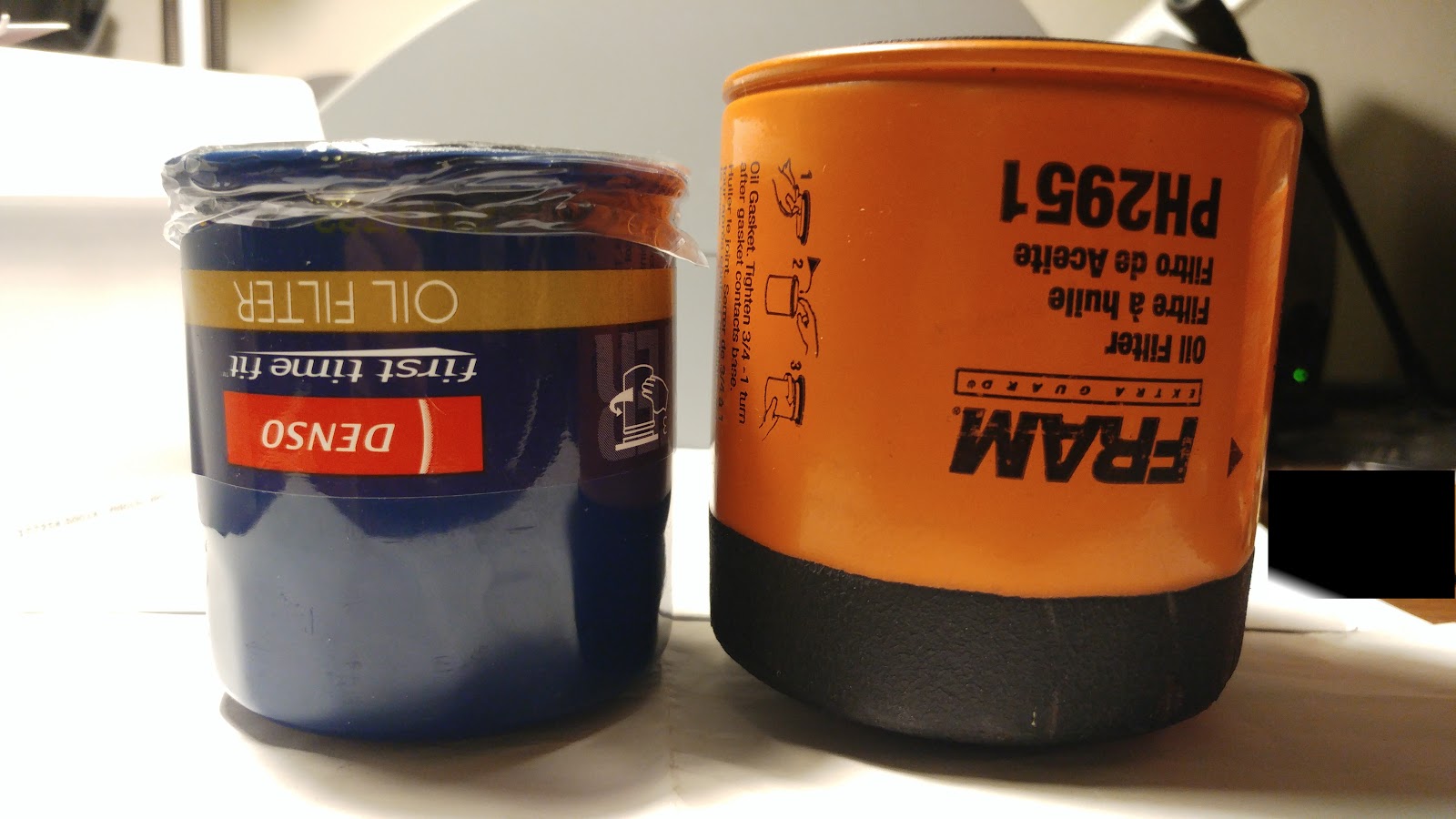Typical of many BITOG conversations, we find ourselves looking at the wrong criteria ... and then making decisions based on dubious distinctions.
What is "oversized" or "undersized" anyway?
Does it refer to the base size?
Does it refer to the length?
Does it refer to the media square surface area?
Does it refer to the contaminant holding capacity?
This is why these conversations are total bunk. Few people take the time to define HOW they judge something; what parameters are going to be used to quantify success or failure. They just post up a theory, run willy-nilly mentally naked through the internet, and they start a panic-induced "conversation".
For any given engine design, there is an appropriate amount of dirt-holding capacity needed for the intended OCIs. Some OEMs even have the faith to say that one can FCI every other OCI. Other OEMs state to FCI with every OCI. How is it then, that a filter for my daughter's old Galant can go 15k miles in one application, but is only good for 3k miles in another? Am I supposed to believe that the Galant runs 5x cleaner than the other car?
The ONLY time a filter is "undersized" to me is when it cannot contain the expected contamination loading during the intended OCI. Nothing more; nothing less. If you have an old, dirty running engine and a filter with low media surface area but high efficiency beta, then you're going to blind off that media a lot sooner than an engine that runs clean, has a lot of surface area on the filter, and a lower beta. If the media isn't blinded to a point of perpetual filter BP, then it's not "undersized" for the intended OCI. When is a filter "undersized"? When it cannot contain the wear inducing particles within the intended OCI.
I miss Gary Allan; a long-lost voice of reason in the topic of filtration. He would remind us all of the filtration triangle; efficiency, size and duration all work together and changing one aspect will affect the others.





